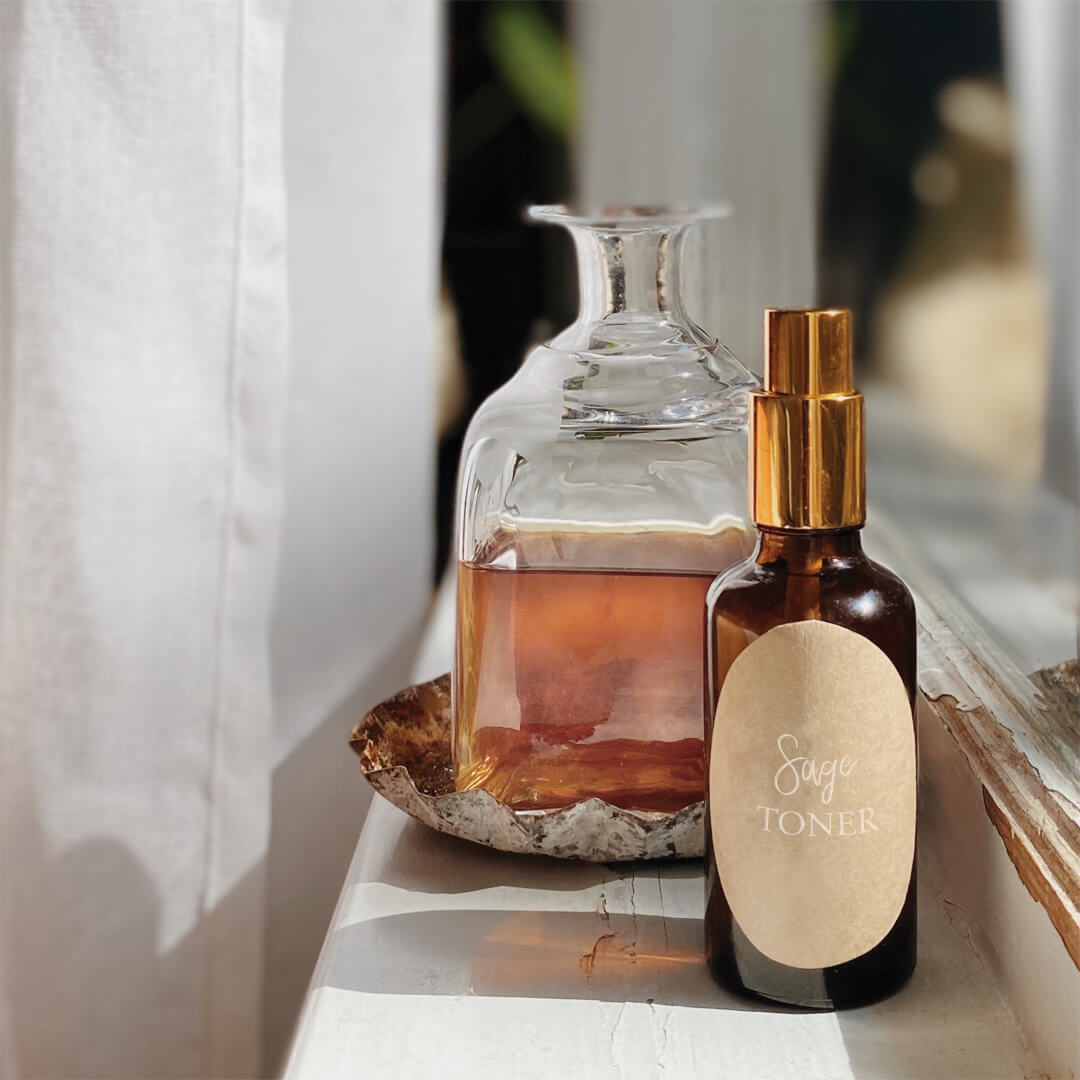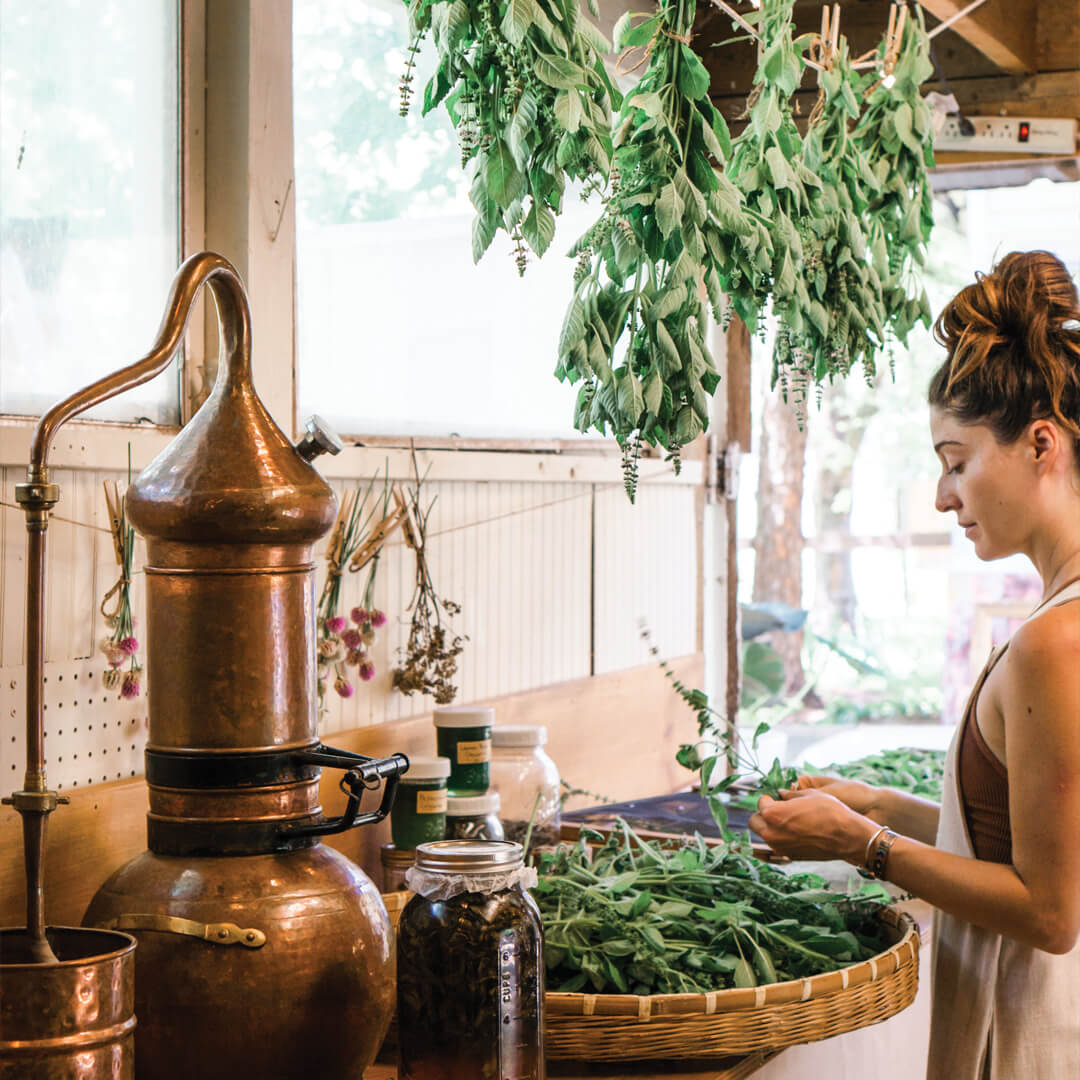All About Hydrosols
0 Comments
Words: Danielle Williams
Photo Credit: Lauren Carrozzi
Did you know hydrosols are a byproduct of the essential oil production process?
When steam distillation extracts essential oils from plants, their aromatic compounds become steam. As the steam cools and condenses, it forms two distinct products: the essential oil, which floats on top, and the hydrosol, a water-based portion. And since we have covered essential oils in great detail, this blog turns to hydrosols and their usage.
What Are Hydrosols?
While it sounds fancy, hydrosols are simply steam-distilled floral waters that can be incorporated into a number of homemade bath and body products — the ones that can be found within the pages of Willow and Sage. Since they don’t include additives like essential oils or alcohol, they are safe for pets, children, or anyone with sensitive skin. On their own, they have a lovely scent derived purely from the plant itself and boast the benefits of the material used to make it.
Hydrosols can be used in lotions, toners, perfume mists, and body scrubs — really any recipe that includes water in the supplies list. Two common hydrosols are rose water and orange blossom, but you can use practically anything to make these aromatic waters, like herbs, fruits, flowers, and even spices.
To learn more about making a hydrosol, check out Hannah Lasorsa’s article on page 36 in the Summer 2022 Issue of Willow and Sage. And keep reading to discover two simple recipes that incorporate these floral waters.

Photo Credit: Hannah Lasorsa
Peppermint Sage Cooling Spray With Hydrosols
In her article about hydrosols, Hannah Lasorsa shares a recipe for peppermint sage cooling spray. She stores it in the fridge during the hot summer months so she can spray her face after a long day in the sun.
You Will Need
1 oz. sage leaf hydrosol
½ oz. peppermint leaf hydrosol
½ oz. calendula flower hydrosol
To Make
Combine all of the ingredients in a spray bottle, and shake to combine. Store in the refrigerator for up to one year. To use, spray your face generously anytime you need a quick and cooling refresher.
Sage Toner With Hydrosols
In the Autumn 2022 Issue of Willow and Sage, Lauren Carrozzi shares a recipe for sage toner that acts as a ritual for her skin-care routine as well as a treatment for her skin.
You Will Need
4 TB. sage hydrosol
1–2 TB. apple cider vinegar
1 TB. aloe vera gel
5–10 drops of chamomile essential oil (optional)
To Make
In a small bowl, combine all the ingredients. Pour the mixture into the spray bottle of your choice using a funnel. Shake before each use, and enjoy!
Want more recipes with hydrosols? Check out our Willow And Sage magazine, where you can find countless creative ideas for perking up your senses.
Danielle Williams is the managing editor for Willow and Sage, The Natural Home Issue, Mingle, and Art Quilting Studio. She lives with her growing family in Orange County, California.














